Fair Housing
The Latest
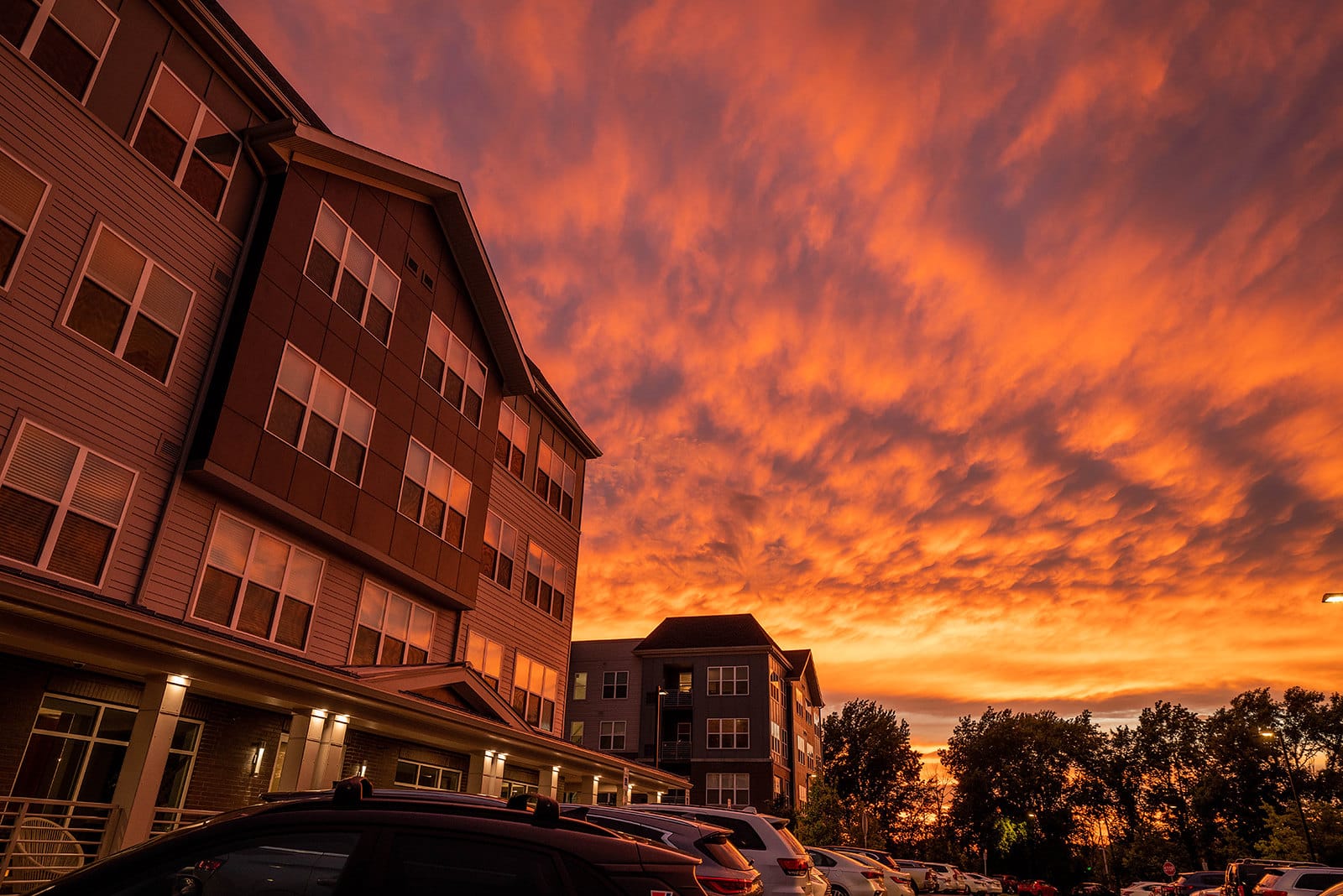
In New Jersey, Pivotal Affordable Housing Decision Turns 50
The Mount Laurel Doctrine is credited with helping to create 75,000 affordable homes in New Jersey. But, of course, it hasn’t been a simple panacea either.
Explore Articles in this Topic
Search & Filter Within this Topic
filter by Content Type
filter by Date Range
search by Keyword

DOGE Undermines Anti-Discrimination Protections in Housing With More Cuts
HUD is attempting to withdraw more than half of its grants to the private organizations that educate about and enforce housing-related anti-discrimination laws.
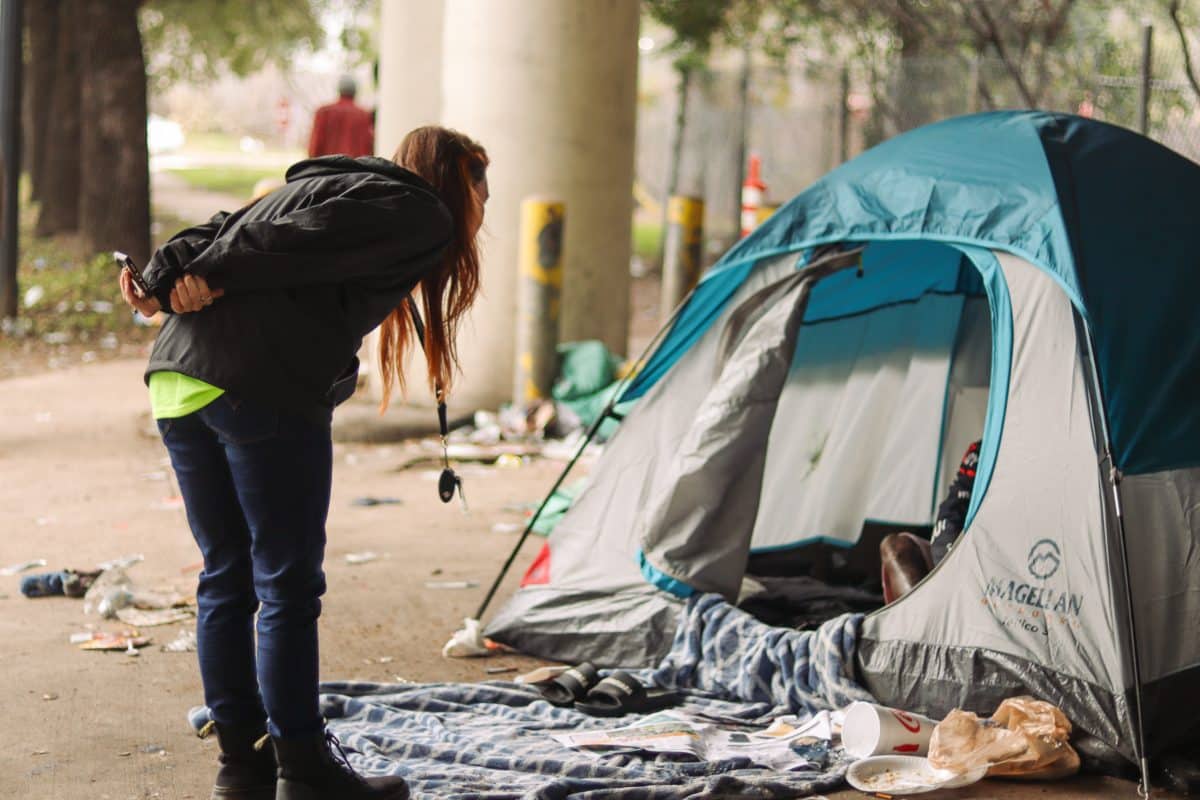
HUD Staff Cuts and Grant Delays Endanger Homelessness Services
Housing advocates say they haven’t received answers about the status of $3.6 billion in funds awarded by the Biden administration to local continuums of care. Along with massive cuts planned for HUD’s staff, this means critical homelessness services are at risk.
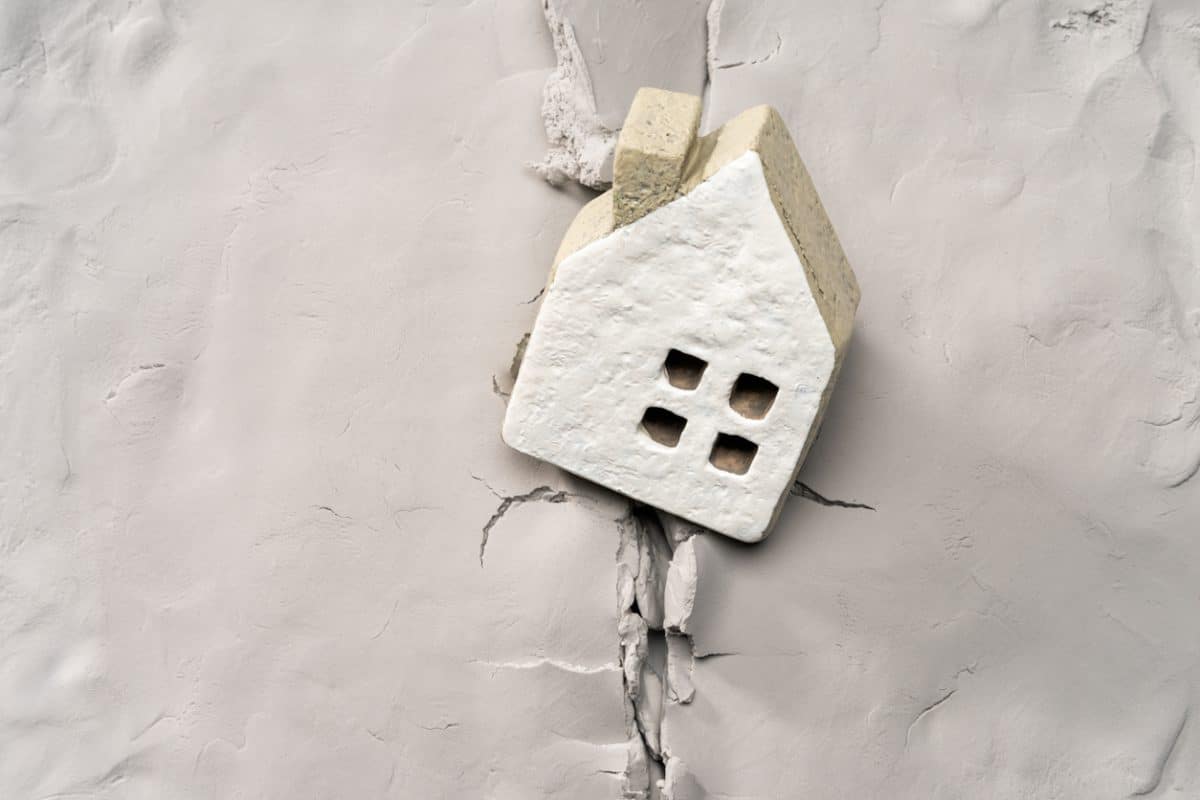
What Trump’s DEI Orders Could Mean for Housing
The president’s executive orders threaten the funding of a wide range of housing programs in the U.S. Over a dozen federal grantees told us how they’ve been affected, and how they’re planning for an uncertain future.
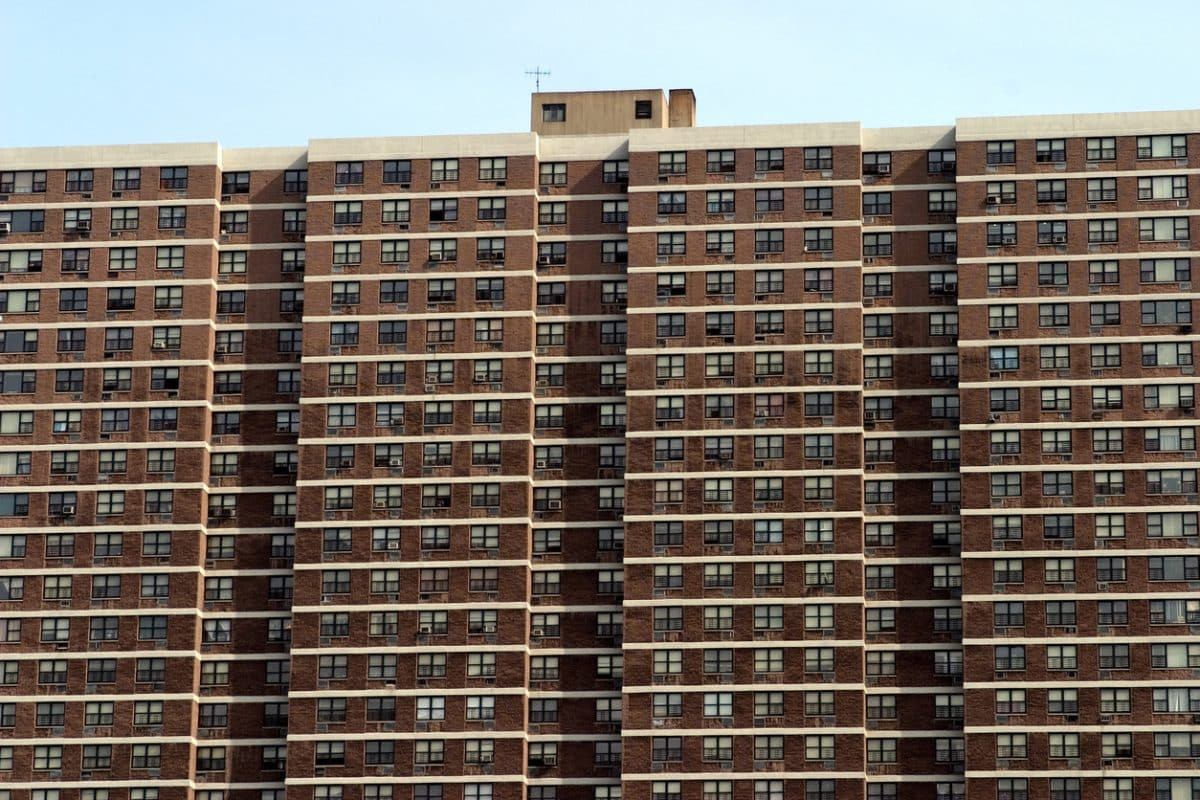
How Fast Could the Trump Administration Make HUD, Fair Housing Changes?
The incoming administration’s plans could include taking apart the agency and withdrawing the AFFH rule. What specific changes have been hinted at and how easily might they be accomplished?

Insurance Redlining Is Back—But We Can Fight It
For decades, insurance regulators have resisted requiring the kind of disclosures that are now routine around mortgage lending. But that might change.

Housing Advocates Design a Better Homecoming for People Leaving Incarceration
Programs that offer reentry housing for formerly incarcerated people often replicate jail or prison settings. How can housing providers do better?

Housing Equity in Limbo—Why Hasn’t Biden Finalized an Update to AFFH?
Last year it seemed like a new Affirmatively Furthering Fair Housing rule was imminent, but it never happened. And now it’s late enough in the term that if it were finalized, next year’s Congress could invalidate it.
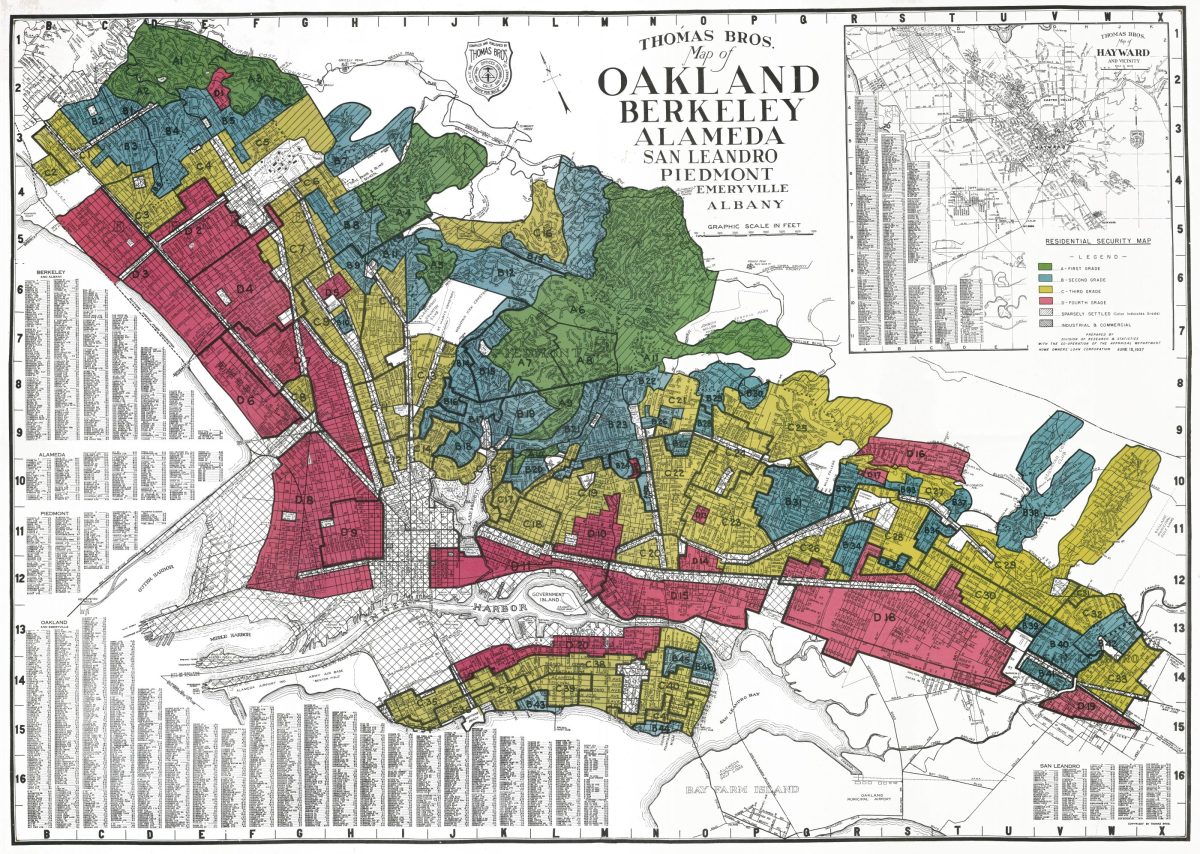
Redlining Maps Didn’t Affect Neighborhoods the Way You Think They Did
Home Owners’ Loan Corporation maps have long been blamed for racial inequities in today’s Black neighborhoods, but recent research shows that’s misleading.
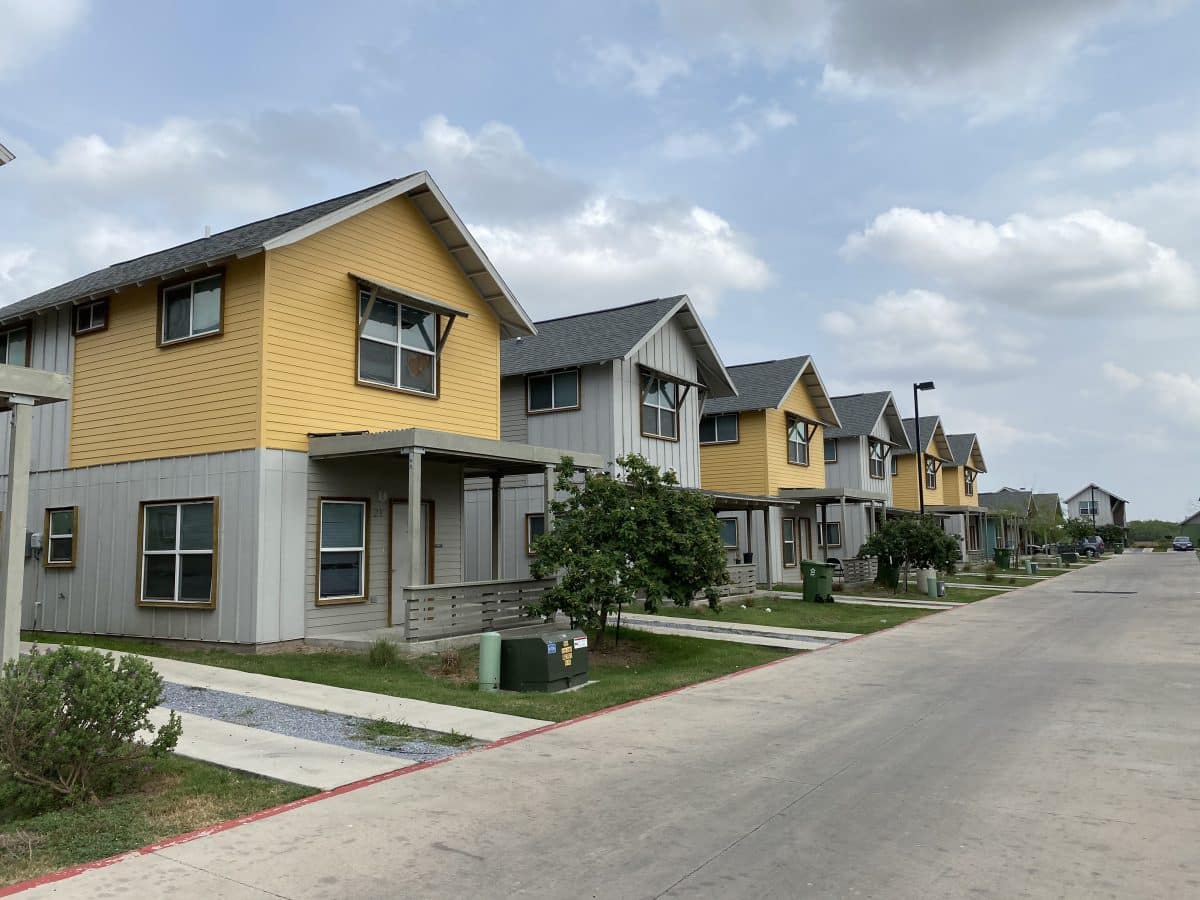
Soaring Property Insurance Rates Threaten Affordable Housing Development
Rapidly rising insurance premiums are forcing affordable housing developers to cut back on programming, lay off staff, and even sell. To add insult to injury, some insurers also seem to be adding penalties or withdrawing coverage for housing voucher holders.

LIHTC: Are Little Changes Enough? A Shelterforce Webinar
There are reforms and expansions of Low-Income Housing Tax Credit afoot. But some in the field argue that we need to change the tax credit model of financing housing more deeply—or move away from it entirely. Join scholars and organizers as they discuss these issues and explore a path forward.
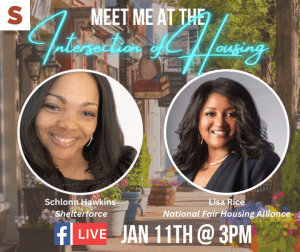
Meet Me at the Intersection of Housing, with Guest Lisa Rice
The president and CEO of the National Fair Housing Alliance talks with Shelterforce about new challenges in the affordable housing landscape, the role of AI in promoting fair housing, and powerful tools driving the fight for housing justice.
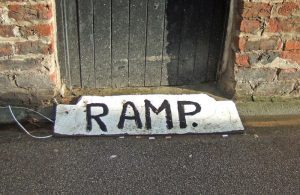
All New Homes Should Be Accessible
Because so many old buildings are hard to fully retrofit, new homes need to fill in the gap.
